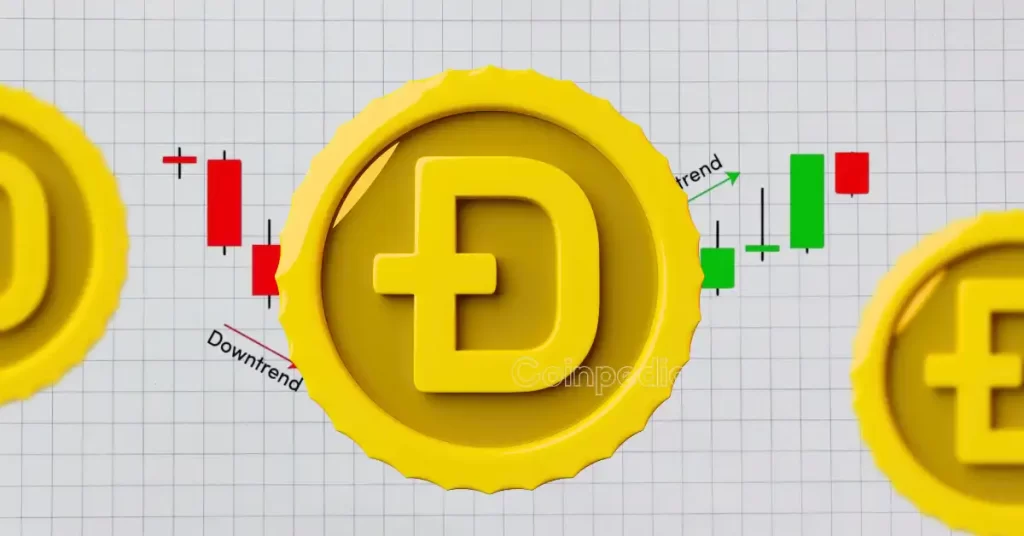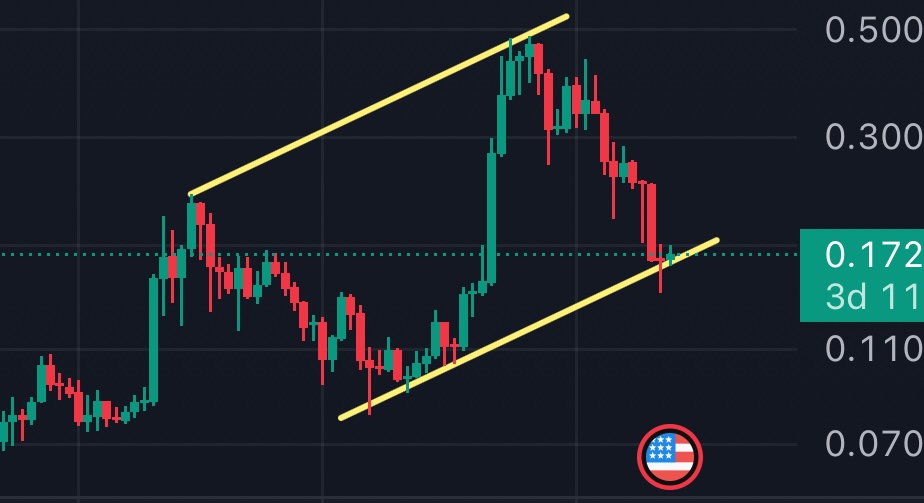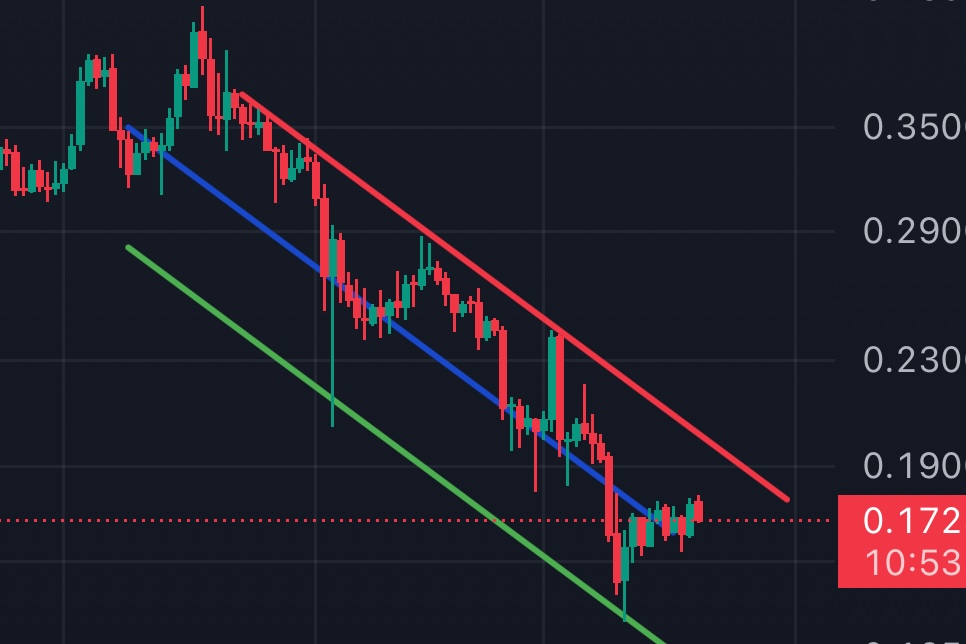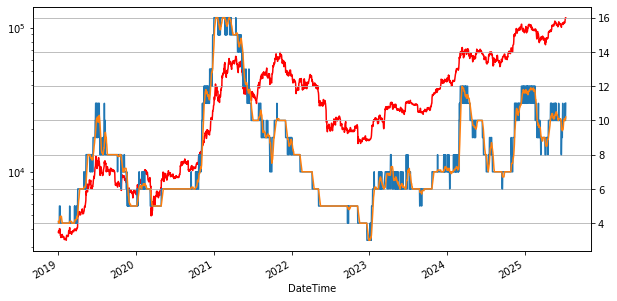
The post Dogecoin Price Prediction 2025: Can DOGE Surge 20% as Bitcoin Eyes $90K? appeared first on Coinpedia Fintech News
As Bitcoin (BTC) price signals a potential rebound beyond $90k soon, Dogecoin (DOGE), the leading dog-themed memecoin secured via the proof-of-work (PoW) consensus method, has hinted at possible bottoming. Since March 11, Dogecoin price has rebounded over 15 percent to trade at about $0.1721.
Dogecoin price has depicted a high correlation with Bitcoin price, thus likely to rebound in the near future. Moreover, the crypto market is bound to significantly benefit from the easing yields in the U.S. bond market amid the ongoing bull rally for gold.
Dogecoin Price Expectations
From a technical analysis standpoint, Dogecoin price has been forming a macro rising trend, characterized by higher highs and higher lows. After a notable decline since the second inauguration of U.S. President Donald Trump, Dogecoin price has been retesting the lower border of a rising channel in the past two weeks.

In the daily time frame, Dogecoin price has been forming an ascending triangle, after being trapped in a parallel falling trend. As a result, a consistent close above the resistant level around $0.178 will result in a 15-20 percent spike in the coming days to retest the upper border of the falling logarithmic trend.

However, a consistent close below 16 cents could trigger further sell-off towards the next target of about 14 cents.
Fundamental Outlook
Dogecoin has grown to a vibrant memecoin ecosystem backed by institutional investors participating in mining processes and global merchants accepting it for payments. As of this writing, the Dogecoin network has about 6.2 million on-chain holders.
According to on-chain data analysis, the Dogecoin network has recorded a significant spike in whale activities during the last week. In the past week, Dogecoin investors with an account balance of between 1 million and 10 million added around 110 million coins to currently hold about 10.44 billion.
Meanwhile, the number of active addresses on the Dogecoin network has doubled in the past few weeks to about 280k at the time of this writing.







